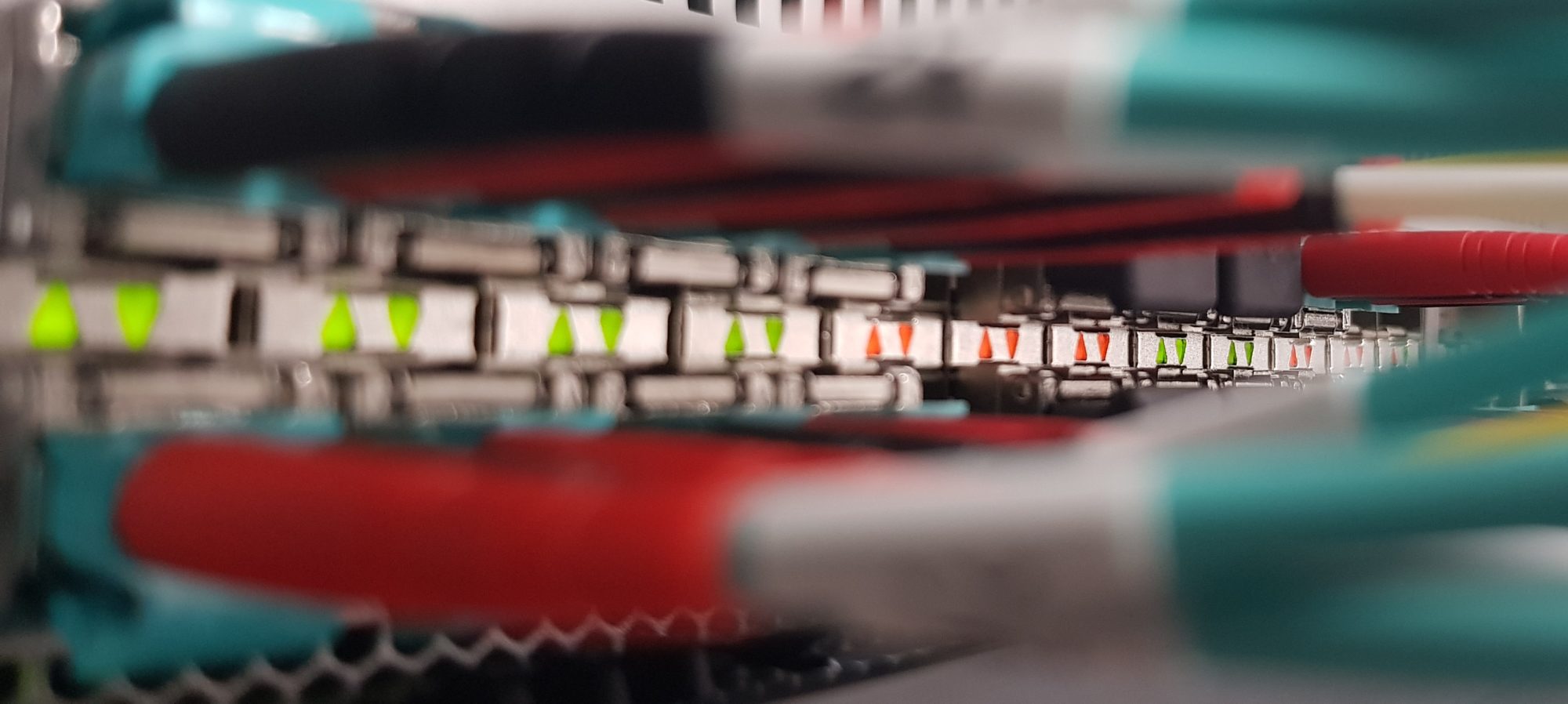Watt is a energy measurement. 1 Watt for example.
1W = 1000mW, 1000W = 1 kW
Decibel on the other side measures a signal in comparison to a reference point, is it better (+) , is it worse (-) or still the same (0).
-> 10 dB = the signal is 10x better (amplified) as measured at the reference point
-> 0 dB= the received signal strength is equal to the reference point
-> -10 dB = the signal strength is only 1/10
We mostly need to set dB in relation to mW, so that this looks like his:
-> 10 dBm = 10mW
-> 0 dBm = 1mW
-> -10 dBm = 1/10mW
SOUNDs easy, but that’s not all.
The time I worked as a Club-DJ several years ago, the first thing that get’s me into there was the technique of big sound-systems, aka PA. A important thing to keep there in mind was this: 3dB doubles the power the amplifier produces, 10dB doubles the audible sound.
It’s enough to remember 3dB is the double of power, -3dB is the half of power and things I’ve written above. This helps you out to overcome most situations, for exact calculations we need a calculator.
YEAH, let’s calculate some dBs to mW:
I hope someone can follow me because it’s written fresh out of my brain 😀
EXAMPLE: 39dB -> You’re looking how often get „10“ into, it’s 3 times. Every time the 10 goes in it stands for a „0“ and because our reference point is 1mW
we’re writing this down: 1000mW
Now the 9dBs left, here we look out how often „3“ get’s in, for every match we double the previous result: 2000mW -> 4000mW -> 8000mW = 8 Watt
Ohhwee and mW to dBs:
We’ve 2400mW. So first we figure out if:
10 goes in 2400mW -> YES = +10dBm
10 goes in 240mW -> YES = +10dBmm
10 goes in 24mW -> YES = +10dB
10 goes in 2,4mW -> NO
Then figure out how often 2 fit’s in and add 3dB for every hit:
2 fit’s in 2,4mW -> YES = 1x +3dBm
In this example we’re about ~33dBm
